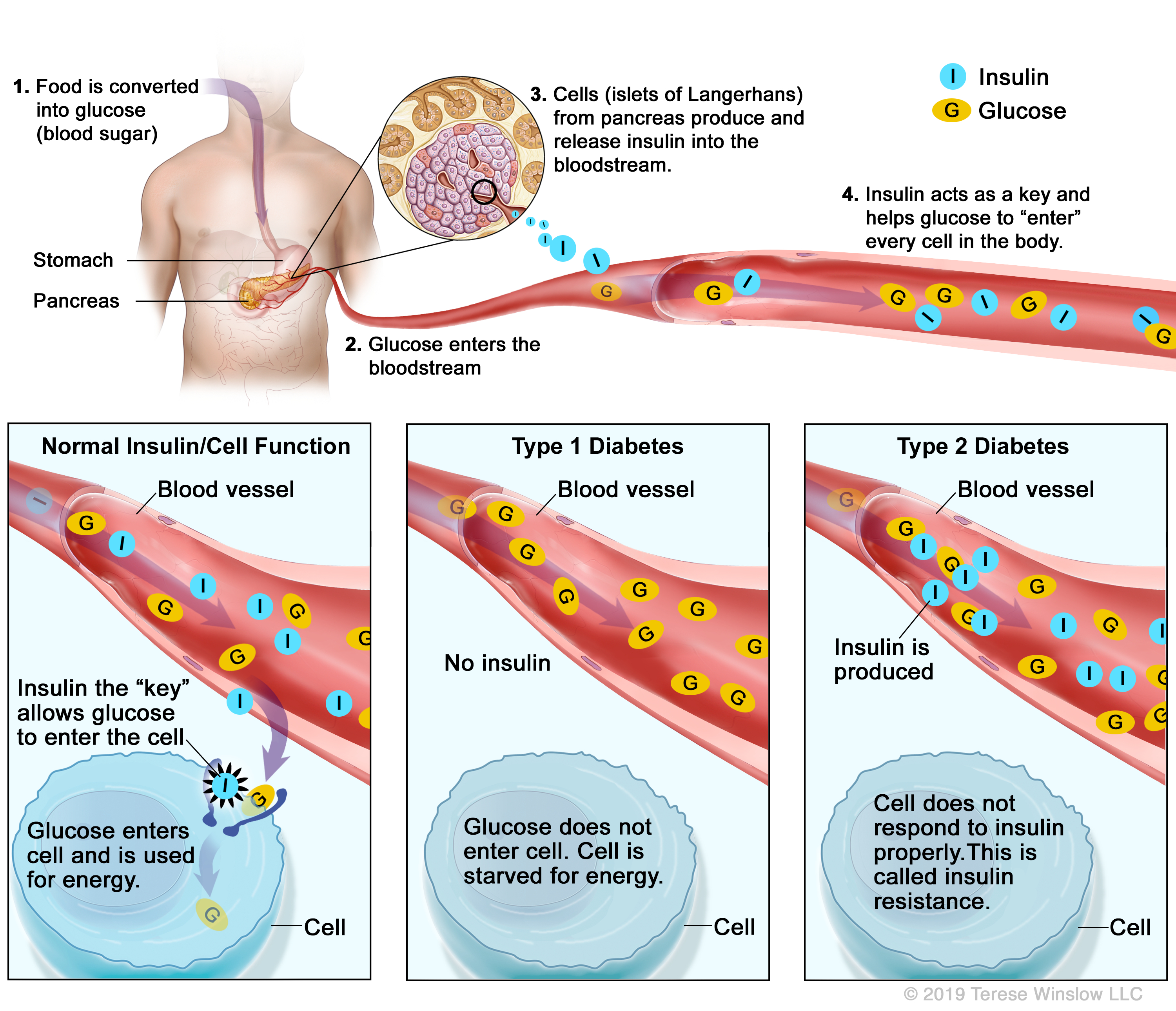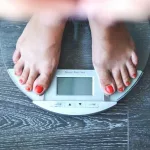Sugar’s Sneaky Ways
Let’s be real: at some point, we all just want to know… how long does it take sugar to enter your bloodstream? It’s not a trick question—but it’s the kind of thing you only ask out loud after you’ve crushed a couple of cookies at 3pm, or worse, snuck half a cinnamon roll before breakfast (guilty). We spend so much of our day worrying about energy crashes, that weird “shaky” feeling, or just feeling blah—and a lot of it comes back to sugar. Admit it, you’ve Googled this at least once after a surprise donut at work left you craving a nap, right?
So, let’s skip the boring textbook answers. I’ll walk you through what really happens (in your body and in real life), why some sugar hits you fast, and what you can actually do about it. Plus… what does all this mean if you’re just trying to feel better, think clearer, or manage your health—even if you’re not diabetic?
Timing: When Sugar Starts Its Mischief
Does Sugar Hit You in Minutes? (Spoiler: Yes)
Okay, hang on… here’s the simple answer: for most of us, sugar starts entering the bloodstream within 10 to 15 minutes after eating—especially if it’s from pure, simple sugars, like soda or actual candy. Kinda wild, right? I remember scarfing down a pack of gummy bears as a “post-run treat” and by the time I got to my car, I was already feeling that surge of energy … or maybe it was just regret.
But wait… there’s a twist. If you ate something with fiber, fat, or protein (think: oatmeal, Greek yogurt, or even a peanut butter sandwich), sugar lingers, gets absorbed a little slower—think 15 to 30 minutes or more. That’s why eating an apple makes you feel steady, while drinking apple juice makes you want to climb the walls, then lie down.
Which Is Faster—A Candy or a Bagel? (Handy Table Time)
| Food Source | Time Until Sugar Hits Bloodstream | How It Feels |
|---|---|---|
| Hard candy, fruit juice, soda | 10-15 minutes | Fast surge, short-lived |
| White bread, bagel | 15-30 minutes | Noticeable but smoother |
| Whole fruit, oatmeal | 30+ minutes | Slow rise, lasting energy |
So, if you’re the type who grabs a candy bar before a run because “energy!”, just know you’ll get that buzz quick—some would say a little too quick. It’s not magic, it’s just biology (as seen in dietitian research).
Peak Time: When Blood Sugar Gets Real
Just Ate? Here’s When You’ll Feel It Most
Have you ever noticed that rollercoaster feeling about an hour after eating? That’s actually your blood sugar peaking. For most people, blood sugar climbs for 30 to 60 minutes and hits its high around the one-hour mark after a sugary snack (as explained by GlucoSense).

But what goes up, must come down—and if your meal was all sugar, you might feel tired or even hangry as your body scrambles to bring things back to normal. I, for one, have definitely regretted eating a solo muffin for breakfast… crashed by 10am, in desperate need of coffee and a nap. Does this sound familiar?
Why Food Pairings Make All the Difference
Here’s the fun part: what you eat with your sugar matters. If you throw in some protein or healthy fat (think: a handful of almonds with that apple), you’ll slow things down. It’s like putting a speed bump on that sugar highway. More balanced meals mean steadier energy, fewer crashes… and less drama at your next office meeting.
For anyone wrangling high blood sugar (whether it’s just sometimes or a daily struggle), definitely check out how to get sugar out of your system immediately; it’s full of real, doable tips, not just diet lecture stuff.
Beyond the Basics: Why It’s So Personal
Not Everyone Absorbs Sugar the Same Way
Here’s where it gets messy (in a good way): You, me, and your cousin Pat—we could all eat the exact same chocolate chip cookie and see different blood sugar spikes. Why? Because how long does it take sugar to enter your bloodstream depends on tons of things:
- Your metabolism: Fast, slow, or somewhere in between
- Your stress level: (Yep, stress can mess up your blood sugar—ask me about finals week…)
- Your activity: Did you just exercise? Your cells might be extra hungry for glucose.
- What else was in your meal?
That’s why sometimes your “usual” lunch leaves you ready to run a marathon, and other times, it’s nap city.
Sneaky Example: The 3pm Slump
A little story: my coworker Jen used to keep granola bars at her desk for the afternoon slump. Ate one, got an energy jolt… but 40 minutes later, she’d be yawning and grumpy! Switched to a small yogurt + nuts, and suddenly, no crash. Small changes, big results.
If you’re dealing with spikes or suspect your blood sugar lingers longer than it should, here’s a great resource: how long does it take for sugar to leave your blood system with diabetes. Even if you’re not diabetic, there are some real gems about steadying energy and not letting sugar run the show.
Sugar’s Exit: How Long Does It Stick Around?
The Truth: Not Very Long—For Some
So after your sweet treat, what’s next? For most people, your body unleashes insulin, which acts like a key letting sugar into your cells for energy. According to, well, real-life and science, blood sugar peaks around 60–90 minutes post-meal, then returns to baseline in 2–3 hours (see more here). Easy come, easy go… if your body’s working as it should.
But what if you’re diabetic, insulin resistant, or just have a rough day? Then sugar can hang around a lot longer—sometimes 4 hours or more. That’s when you may want to look into how long does it take for sugar to leave your blood system with diabetes. Spoiler: it’s not “one and done,” and sometimes a walk, more water, or a balanced snack can really help that exit.

Can You Speed Up Sugar’s Departure?
Here’s the big question. If you feel off after a sugar overload—can you help your body out? The short answer: yes, a little. Hydrating, moving your body, and eating protein/fiber can all help. For real, there’s a super helpful guide right over at how to get sugar out of your system immediately. Even if you don’t have diabetes, those tips can save you after a surprise cupcake ambush at your kid’s birthday party.
What About Diabetics? The (Really) Honest Scoop
Why Sugar Isn’t So Simple Here
Being diabetic changes the whole sugar story. For people with diabetes, your body either doesn’t make enough insulin or can’t use it well. This means sugar stays in the bloodstream a lot longer. Seriously, it can hang around for hours.
That’s why if you’re T1D or T2D (or pre-diabetic) and you eat simple sugars, your blood sugar might spike fast but then… it can stay high. The return to baseline could take four to six hours or even longer, especially without insulin or meds. This isn’t just chemistry—it’s real life, and sometimes it’s tough.

This is one reason health pros recommend pairing carbs with protein, staying active, and checking out resources like how long does it take for sugar to leave your blood system with diabetes for solid strategies.
Daily Life: “Why Am I Still High?”
I’ll never forget: my friend Mark (who has T2D) once vented about how his breakfast toast kept him “weirdly high” all morning. Turns out, switching from jam and white bread to whole-grain + eggs made a night-and-day difference. Proof that small shifts matter! If you ever get “stuck” after sugar, you’re not alone.
Can You Outsmart Sugar? (Yes, Kind Of)
Practical Moves That Actually Work
So, after all this, are we helpless when it comes to sugar? Nope. There are hacks (not the silly clickbait kind, either). You can:
- Eat actual food: The more fiber/protein with your sweet—the slower the absorption
- Be active after a meal: A brisk walk works wonders
- Drink water: Seriously, it helps flush things faster. (Not magic, but it works!)
- Don’t panic about a treat: It’s what you do most days, not that random slice of cake
Craving something sweet? Try pairing it with nuts or yogurt. Swipe right on slow-release carbs, left on pure sugar bombs.
If you do feel like you overdid it, you don’t have to just suffer. Find shortcuts in how to get sugar out of your system immediately—there’s nothing wrong with a little self-rescue.
Wrapping Up: It’s Not About Perfection
Whew! You made it—thanks for hanging in! Here’s what really matters: how long does it take sugar to enter your bloodstream? For most of us, it’s as fast as 10–15 minutes for the easy stuff, a little longer for the “real food.” Peak? About an hour. Back to normal? For healthy folks, around 2–3 hours.
But the big unlock isn’t just knowing the numbers—it’s realizing you get to shape your sugar story. Eat with a plan, don’t fear the treat, use those “speed bumps” like healthy fats and fiber. If your blood sugar sometimes feels more like a wrestling match, remind yourself you’ve got options—how to get sugar out of your system immediately is packed with simple wins.
If diabetes or prediabetes is part of your life, don’t beat yourself up. There are real tools and strategies out there to help you bounce back when things go sideways.
Honestly? One snack won’t make or break your health. Every day is a new chance to learn, tweak, and try again—without judgment. And if you ever need to swap sugar crash stories, you know where to find me.
(Think about it—what small change can you make today to keep your energy steady? Try a new snack combo, go for that walk, or just stay curious… you’ve got this!)


















Leave a Reply
You must be logged in to post a comment.